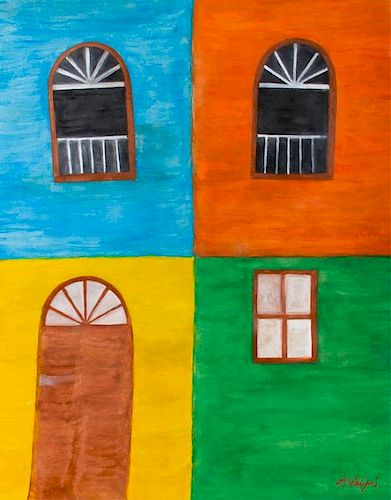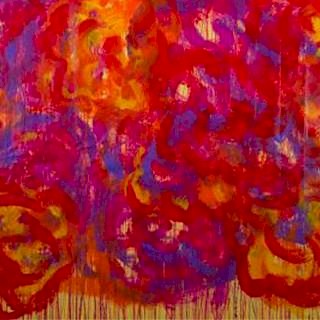Alfredo Volpi "Fachada" 1970 Tempera on Paper
About Seller
320 Pantops Center
Charlottesville, VA 22911
United States
Bremo Auctions is a full service auction house located in the historic town of Charlottesville VA. While our primary focus is on fresh-to-the-market property from distinguished Virginia Estates, institutions and private collections our individualized approach is tailored to meet the needs of each cl...Read more
Two ways to bid:
- Leave a max absentee bid and the platform will bid on your behalf up to your maximum bid during the live auction.
- Bid live during the auction and your bids will be submitted real-time to the auctioneer.
Bid Increments
| Price | Bid Increment |
|---|---|
| $0 | $5 |
| $50 | $10 |
| $200 | $20 |
| $500 | $50 |
| $1,000 | $100 |
| $2,000 | $250 |
| $5,000 | $500 |
| $10,000 | $1,000 |
| $50,000 | $5,000 |
About Auction
Oct 22, 2016 - Oct 23, 2016
Bremo Auctions info@bremoauctions.com
- Lot Description
Alfredo Volpi (Italy/Brazil, 1896 - 1988) tempera on paper depicting four different building facades in bright colors. Signed lower right "A Volpi", & verso lower right "A.Volpi '70", unframed, & measuring 21-1/2" in height with width of 17-1/2". Comes complete with certificate of authenticity (see photographs). In overall good condition with toning to back of paper due probably to previous acidic backing & pinholes to corners from previous mount. Provenance: from a prominent Texas collector.Alfredo Volpi was born in Lucca, Italy on April 14, 1896 but less than two years later migrated to Brazil where he became a Brazilian citizen & lived for the majority of his life. He was one of the most important artists of the so-called Grupo Santa Helena, formed in the 1930s with Francisco Rebolo, Clovis Graciano, Mario Zanini, Rossir Osir e Bonadei, Fulvio Pennachi, & others. He was a prominent painter of the artistic & cultural Brazilian Modernist Movement, even though he was self-taught. Volpi started painting façades of houses in a highly stylized and colorful manner (these paintings were later named the "historical façades" by art critics) and this recurrent theme became pervasive all through the 1950s, after a brief "concretist" period (even though the artist himself never acknowledged being part of the concretist movement as such). The 1960s witnessed the development of his trademark "bandeirinhas" (small flags) for which Volpi became famous and which originated from Brazilian folklore (small flags are a regular fixture of the popular festa junina, held every year during the month of June): the artist would use the small-flag pattern to show an increasing sense of color combination and balanced composition which would eventually place him among the major Brazilian artists of his time. The painter gained national renown with his participation at the second São Paulo Art Biennial, winning the Grand Prix for Brazilian painting, an award he shared with Di Cavalcanti. Di Cavalcanti publicly dismissed Volpi's art as being that of a "flag painter". Soon he became known as one of the most important 20th century painters in Brazil. More recent exhibitions (MAM São Paulo 2006, Curitiba 2007) have shown how Volpi, far from being the isolated self-made artist he was once thought to be, actually absorbed various influences during his career, especially that of Josef Albers. His use of the ancient tempera technique also shows a knowledge of the Italian Renaissance painters. He died April 28, 1988 at age 92 in Brazil.
- Shipping Info
-
Shipping is the responsibility of the purchaser. Upon request, our staff will provide the list of shippers who deliver to destinations within the United States and overseas. Some property that is sold at auction can be subject to laws governing export from the U.S., such as items that include material from some endangered species. Import restrictions from foreign countries are subject to these same governing laws. Granting of licensing for import or export of goods from local authorities is the sole responsibility of the buyer. Denial or delay of licensing will not constitute cancellation or delay in payment for the total purchase price of these lots.
-
- Buyer's Premium



 EUR
EUR CAD
CAD AUD
AUD GBP
GBP MXN
MXN HKD
HKD CNY
CNY MYR
MYR SEK
SEK SGD
SGD CHF
CHF THB
THB

















